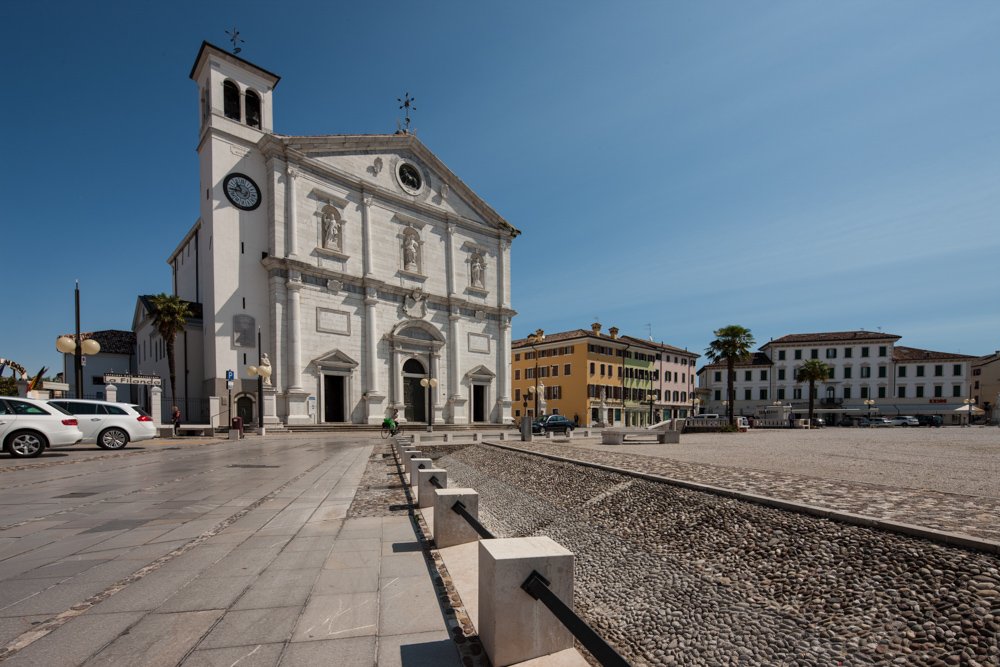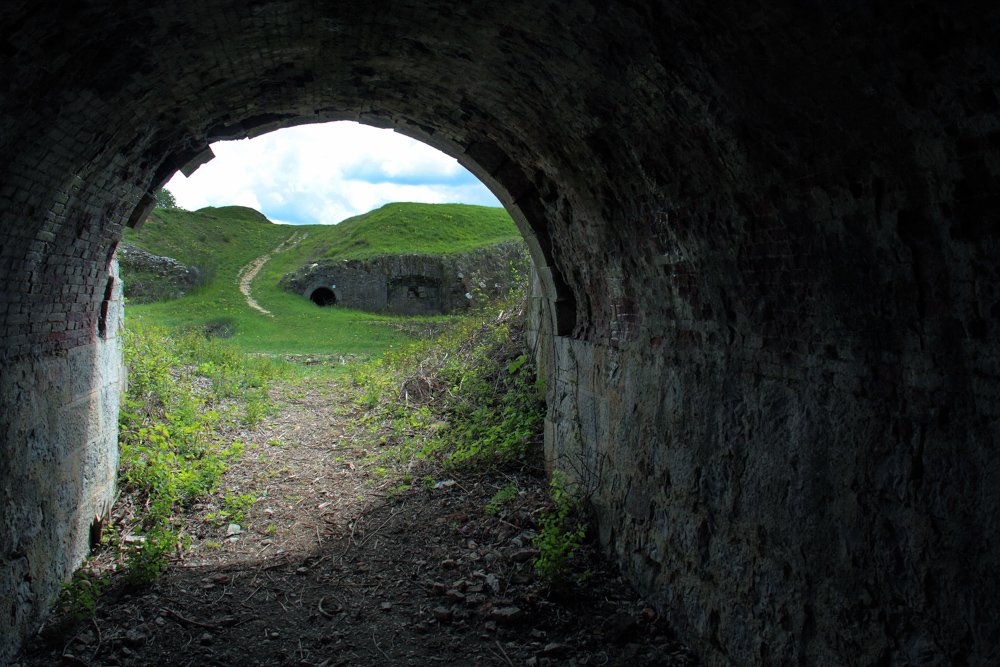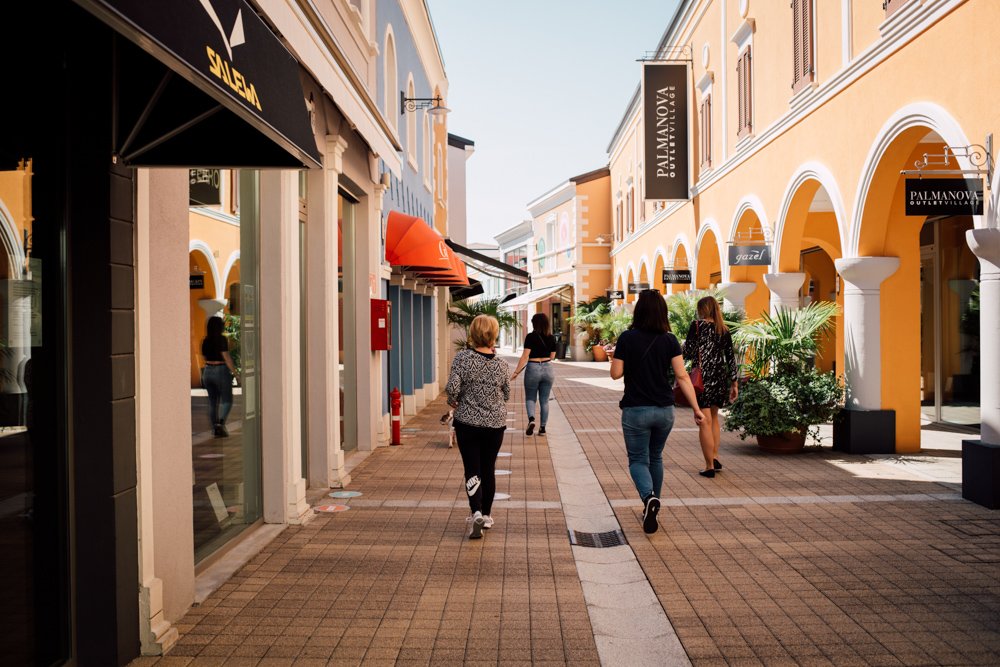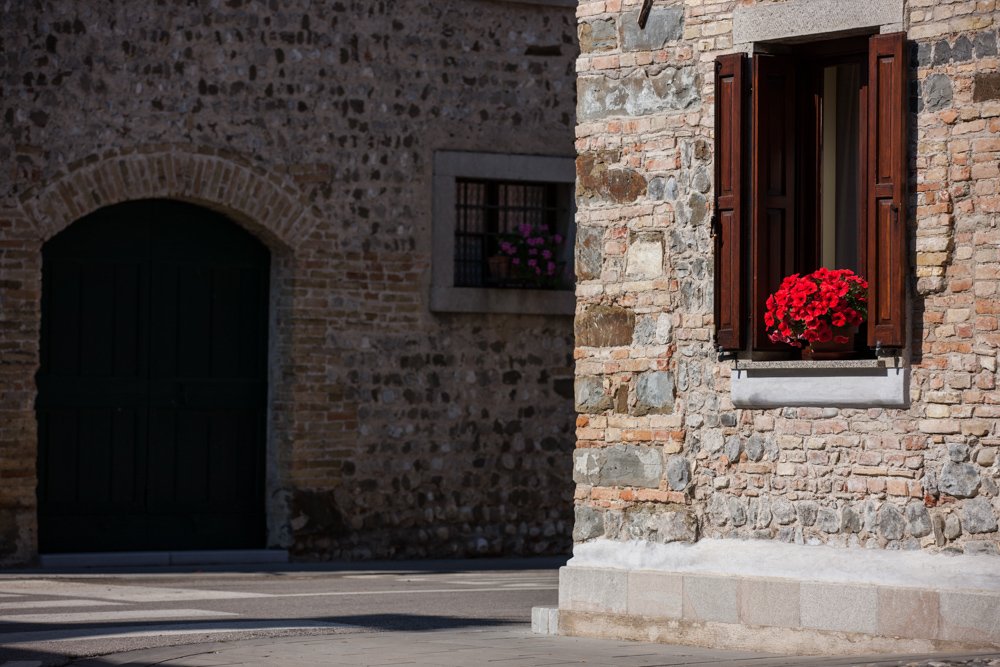A day in Palmanova, between military history and charming villages
Nestled between the sea and the mountains of Friuli Venezia Giulia lies a truly special town: Palmanova, famous for its star-shaped design. Conceived as a military city, it was built by the Republic of Venice to defend the territory from Turkish invasions, acting as a stronghold in the Friulian countryside.
Palmanova is one of the UNESCO World Heritage Sites in Friuli Venezia Giulia.
A day trip from Lignano Sabbiadoro will delight both young and old, offering the chance to explore ancient defensive strategies and military engineering.
8 things to do and see in Palmanova and surroundings

1. Visit Piazza Grande and the Doge’s Cathedral
The fortress is accessed through three monumental gates: Porta Aquileia (or Marittima), Porta Udine, and Porta Cividale, the only one currently open to visitors.
At the very center of the city lies Piazza Grande, the former parade ground. A permanent exhibition there illustrates the “artificial” machines used during the fortress’s construction.
Facing the square is the Doge’s Cathedral, built in the early 17th century. Inside, you’ll find important frescoes, including the “Pala delle Milizie” (1641) by Alessandro Varotari, also known as Il Padovanino.
🕒 Opening hours: daily from 7:30 a.m. to 7:00 p.m.
2. Museum of the Great War and the Fortress of Palmanova
Housed inside Porta Cividale, this museum lets you explore the structure of one of the historic gates and also displays documents, relics, uniforms, and weapons from the 1500s to modern times.
🎟️ Free admission – check the official website for opening times.

3. Walk along the bastions and city walls
Enjoy a stroll along the mighty defensive walls. The structure features three lines of fortifications covering over 360,000 square meters. Along the route, you’ll find gates, bastions, ravelins, Napoleonic lunettes, aqueducts, and waterfalls.
🕳️ On Saturdays and Sundays (10:00–12:00 / 16:00–19:00), visit the Contromina Underground Galleries (€2.00; free for children under 16).
Info at the PromoTurismo FVG Palmanova Infopoint.
4. Join a historical reenactment
Palmanova celebrates its military roots all year round with two main historical reenactments:
- On the second Sunday of July, the town commemorates its foundation (1602) with the Feast of the Holy Redeemer, its patron saint. The streets fill with period costumes, parades, dancing, duels, and a candlelit procession ending in the lowering of the Lion of St. Mark flag.
- In September, “A.D. 1615. Palma alle Armi” reenacts the War of the Uskoks (War of Friuli) with over 200 participants in 17th-century attire.

5. Shopping break at Palmanova Village
Just outside the fortress lies Palmanova Village, a charming outlet town with designer stores at discounted prices.
You’ll also find cafes, restaurants, and events like concerts and free shows.
6. Discover the village of Clauiano
Among the nearby villages, Clauiano is worth a visit. Listed among Italy’s Most Beautiful Villages, it preserves its medieval layout and stone houses with inner courtyards.
Don’t miss the Rural Church of San Marco Evangelista, open on request via the Palmanova Infopoint.

7. Visit the village of Strassoldo
Another gem is Strassoldo, a tiny hamlet built around a private castle. Guided tours of the village and Strassoldo di Sopra Castle are available on Sundays at 6:00 p.m. (booking required).
📅 The castle also opens for special events: “Castelli Aperti in FVG” (September), “In Primavera: Fiori, Acque e Castelli” (spring), and “Magici Intrecci Autunnali” (autumn).
8. Discover Aiello del Friuli, the Village of Sundials
Last stop: Aiello del Friuli, known as the Village of Sundials, where over 100 sundials adorn house walls.
Visit the Museum of Peasant Civilization of Imperial Friuli (Sundays 3:00–6:00 p.m.) and the Sundial Education Center, open by appointment via the Navarca Cultural Association.
How to get to Palmanova from Lignano Sabbiadoro
🚗 By car
Take the S.R. 354 toward Latisana, then follow the S.S. 14 toward Cervignano del Friuli.
At San Giorgio di Nogaro, turn left onto SP80 (Via Palmanova), which becomes SR252, leading directly to the bastions.
🛣️ By motorway
Alternatively, for a faster route: take the SR354 to the Latisana toll booth, enter the A4 motorway toward Trieste, and exit at Palmanova.
A few more minutes by car and you’ll reach Porta Aquileia.
🕓 Travel time: approx. 40–50 minutes

